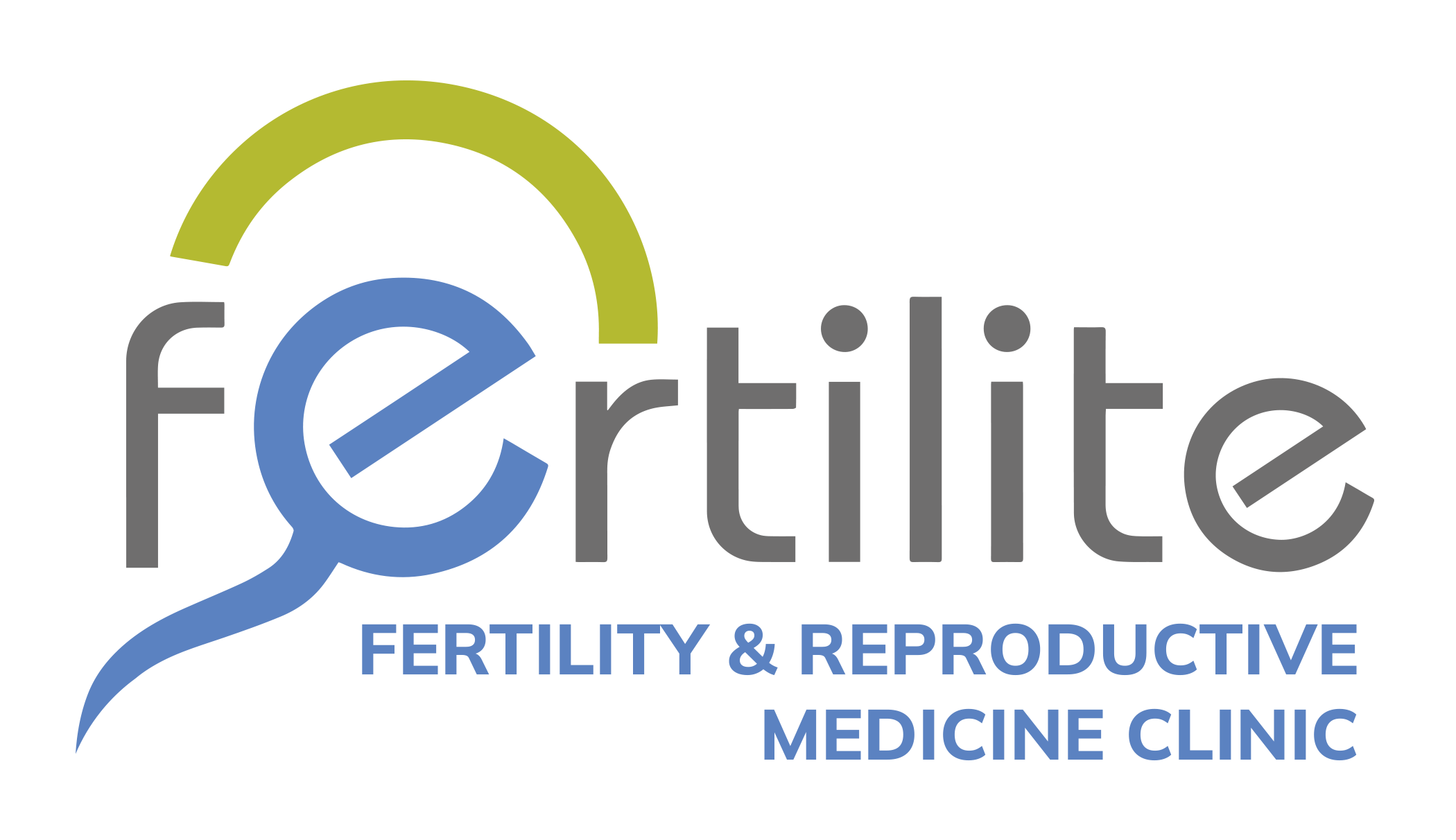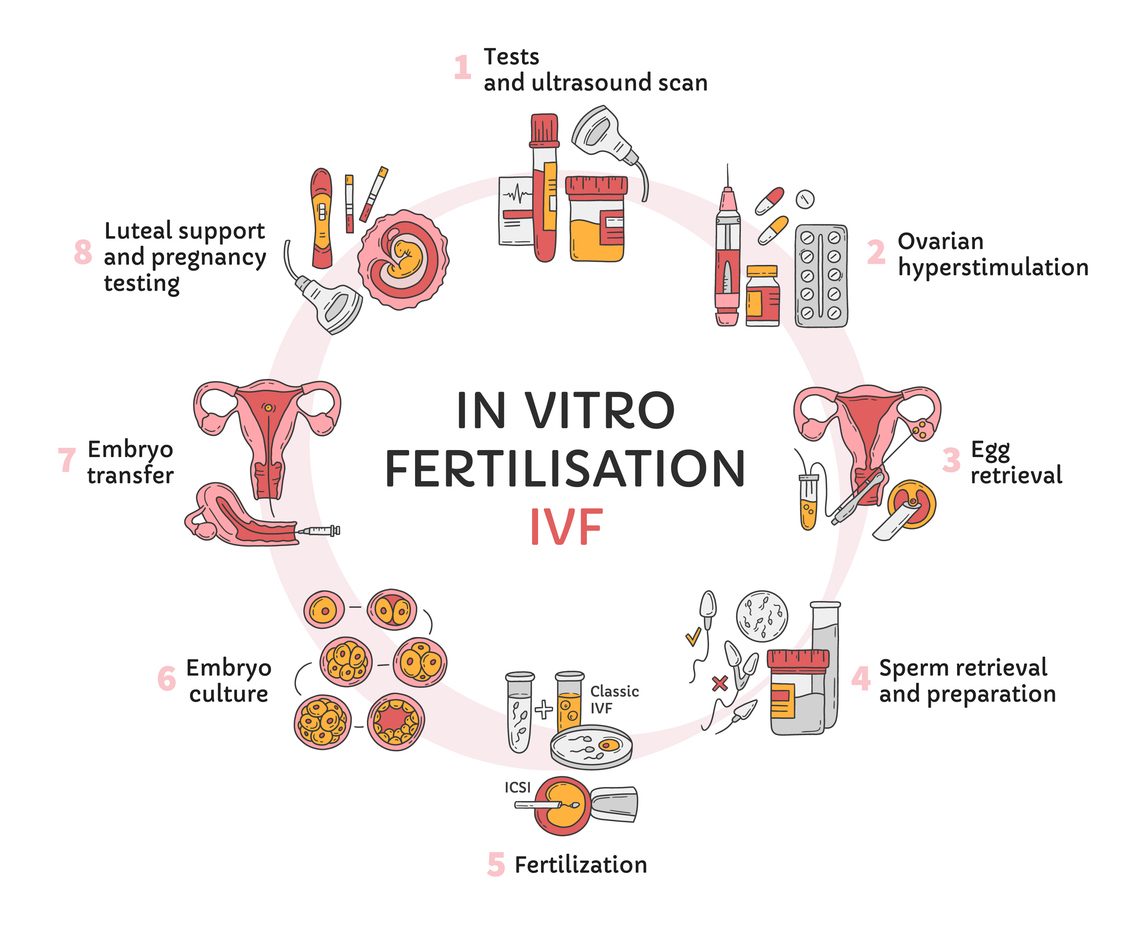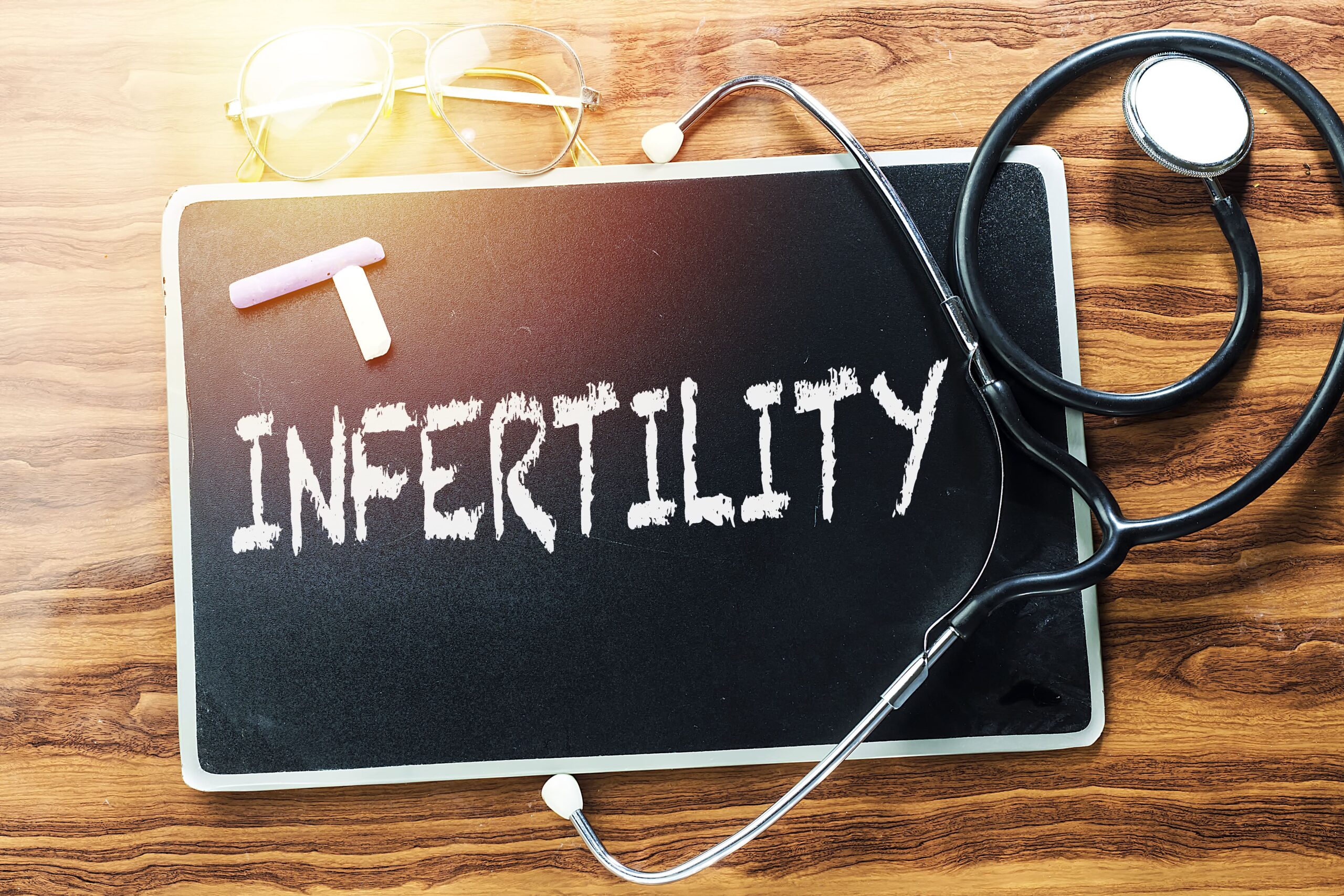In Vitro Fertilization (IVF) is a renowned assisted reproductive technology that has brought joy to countless couples worldwide. This comprehensive guide will provide you with a detailed step-by-step journey through the in vitro fertilization process, from the initial consultation to the final stages of embryo transfer and pregnancy testing.
Introduction to In Vitro Fertilization
In Vitro Fertilization, often referred to as IVF, is a form of assisted reproductive technology (ART) that has revolutionized fertility treatments. This process involves combining eggs and sperm outside the human body in a laboratory setting. Following fertilization, the resulting embryos are then transferred into the uterus. Read more about introduction to in vitro fertilization.
The IVF process is a complex one, often requiring several weeks to complete a single cycle. While each patient’s treatment plan is unique, an IVF cycle typically lasts between four to six weeks. This duration includes the initial assessments, medication phase, monitoring, egg retrieval, fertilization, and embryo transfer, followed by a pregnancy test to confirm the success of the procedure.
The Initial Steps: Consultation and Diagnostic Testing
Before commencing the IVF process, potential candidates must undergo a thorough consultation which includes a complete physical examination, a detailed medical history review, and a series of diagnostic tests. These tests may cover blood work, ultrasounds, semen analysis for male partners, and ovarian reserve testing for women, evaluating follicle-stimulating hormone (FSH), estradiol, and anti-mullerian hormone (AMH) levels (American Society for Reproductive Medicine, 2024).
Medication Phase: Ovarian Stimulation
Following the initial assessments, the next phase of the IVF process involves ovarian stimulation. In a typical natural cycle, several eggs begin to mature each month, with usually only one reaching full maturity. During ovarian stimulation, injectable hormone medications are administered to encourage the simultaneous maturation of multiple eggs, thereby increasing the chances of successful fertilization (National Institute for Health and Care Excellence, 2024).
Monitoring: Tracking the Development of Follicles
As the ovarian stimulation phase progresses, the patient’s response to the medications is closely monitored through frequent ultrasounds and/or blood tests. These monitoring appointments enable healthcare providers to assess the growth and development of ovarian follicles.
Medication Phase: Trigger Shot
Once the healthcare provider determines that the eggs have sufficiently matured, a “trigger shot” is administered. This injection of human chorionic gonadotropin (hCG) induces the final maturation of the eggs and prepares them for retrieval.
Egg Retrieval: Harvesting the Mature Eggs
Approximately 36 hours post the administration of the trigger shot, the egg retrieval procedure is performed. This minimally invasive procedure involves the use of an ultrasound-guided needle through the vagina to extract the mature eggs from each follicle (NICE, 2024).
Fertilization: Combining Eggs and Sperm
Post-egg retrieval, the collected eggs are combined with sperm in a laboratory to facilitate fertilization. The sperm can either be from a partner or a donor, depending on the specific circumstances of the individuals undergoing treatment. For more detailed information, you can read about the IUI treatment program here.
Embryo Development: Cultivating Embryos in the Lab
Following successful fertilization, the resulting embryos are cultured in the lab for a period of three to five days. During this period, the embryos are closely monitored to assess their growth and development.
Embryo Transfer: Implanting the Embryos
Once the embryos have reached the appropriate stage of development, one or more are selected for transfer into the uterus. This is a crucial step in the IVF process and is performed using a thin catheter through the vaginal canal.
Pregnancy Test: Confirming Pregnancy
Approximately two weeks post embryo transfer, a pregnancy test is conducted. If the test is positive, it indicates that the embryo has successfully implanted into the uterine wall and a pregnancy has been achieved.
Conclusion
The step-by-step in vitro fertilization process is a journey that requires a significant investment of time, emotional energy, and often, finances. However, with its high success rates and the unparalleled joy it brings to families, IVF continues to be a beacon of hope for countless individuals struggling with infertility worldwide. For more detailed information on whether surgeries before IVF can help with infertility caused by endometriosis.
References
- American Society for Reproductive Medicine. (2024). In Vitro Fertilization (IVF). Retrieved from ASRM – In Vitro Fertilization (IVF)
- National Institute for Health and Care Excellence (NICE). (2024). Fertility Problems: Assessment and Treatment. Retrieved from NICE – Fertility Problems: Assessment and Treatment
- Centers for Disease Control and Prevention (CDC). (2024). Assisted Reproductive Technology (ART). Retrieved from CDC – Assisted Reproductive Technology (ART)




